Stories about weapons. Airfield hard workers
This time it will be about the technology that you could meet at any airport of the Great Patriotic War. Of course, it would have been possible to do without these machines, if it was tightly pressed, but it was nevertheless more convenient with them.
1. So, the first exhibit we will have anti-aircraft searchlight station Z-15-4.
The station was used everywhere in the air defense units, at the airfields to illuminate with its own and search for foreign aircraft.
Automotive anti-aircraft searchlight station Z-15-4 was a searchlight with guidance and position control systems, transported in the back of a ZIS-12 truck.
The searchlight was installed the most common, closed-type З-15-4 (3 - anti-aircraft, 15 - lens size 150 cm, 4 - power in kilowatts) with an electric arc ignition lamp with two carbon electrodes, and a paraboloid glass reflector with a diameter of 150 cm.
The light source was an electric arc, which provided light intensity up to 650 million watts with a range or altitude of lighting up to 10 km. The plane could be highlighted in the sky at an altitude up to 12 km.
The searchlight was powered by an 20 kW generator installed on the vehicle itself and from stationary sources of electricity.
The spotlight was mounted on a trolley with four rubber wheels. The cart rolled into the body and the searchlight was transported to the position. It was possible to work directly from the car body.
Between the trolley and the cab was a coil with an electric cable and a hand winch. The power switchboard was located on the rear outer wall of the cab.
The Z-15-4 searchlights were combined into separate anti-aircraft search battalions consisting of three companies (three-lead troops). The platoon consisted of four searchlight stations. The combat use of searchlight stations consisted in finding the enemy's aircraft with a beam of light and escorting a target until it was destroyed by fire weapons.
With the help of several searchlights in the sky, light searchlight fields (SPP) were created, which ensured the operation of anti-aircraft artillery and night actions of the Soviet fighter aviation.
The З-15-4Б station was produced in 1938-1946 at the Moscow Searchlight plant. In total, 15 529 automobile searchlight stations З-15-4 were manufactured during this time.
Station mass - kg 6100
The weight of the spotlight - about 950 kg
Axial luminous intensity - 650 million W
The duration of the burning of a pair of coal - 75 minutes
The range of the beam - to 12 km
Deployment time - about 8 min.
Removing the control room from the searchlight - 60 m
Travel speed - 60 km / h
Combat crew - 5 man
2. Refueling trucks BZ-35, BZ-35С and BZ-41.
Tanker ... What's easier? But without him living in the army is very problematic. An increasing number of vehicles in armies simultaneously encouraged all designers to develop these simple, but indispensable machines.
The first and most common Soviet tanker was the BZ-35, which was put into service in the 1935 year. The ZIS-6 was equipped with an elliptical tank with a capacity of 3200 liters, a gear pump of medium location and compartments for hoses.
The BZ-35 could simultaneously fuel several pieces of equipment. To work with him, a two-axle BP-35 petrol-trailer with a capacity of 1 ton was produced.
The control system was located on the rear wall of the tank, where the speakers of the columns, pressure gauges, fuel meters and the fuel level indicator in the tank were located.
BZ-35 was completed with a set of hoses (receiving, dispensing and pumping), for the transportation of which a special box was made.
The machine is very well established in operation and was found to be very useful. But in large-scale production did not go. BZ-35 were on the farm only large airfields of the Red Army Air Force. The pre-war edition of the BZ-35 did not exceed 100 machines.
Since the beginning of the war, the speed of refueling cars, tanks and aircraft has become a very serious factor. It was necessary to get out urgently, and so there appeared a small, but very operational refueling truck BZ-41.
For it, the lighter truck chassis ZIS-5 was used.
Gross vehicle weight was 6,1 t.
Tank capacity 2500 liters.
Maximum pump capacity 400 liters per minute.
Maximum speed 60 km / h.
Naturally, when powerful and passable trucks started coming to us from the USA, namely the Studebaker US.6.3, they returned to the idea of replenishing the ranks of tankers.
Yes, the ZIS-5 was difficult to keep pace with the advancing tank units, say, in the spring or autumn thaw. Or wade through the dirt to a dry airfield "jump" in aviation.
The Studebaker, which, as we have already had the honor of telling, showed that it copes with our mud. So it appeared BZ-35С. “C” is, of course, “Studebaker”.
The BZ-35 was an all-purpose tank with a capacity of 4500 liters (more than the ZIS-6), on the Studebaker US.6.3 chassis with the Hercules JXD engine with an 95 horsepower.
The machine with a total weight of 5,4 t accelerated to 72 km / h. Fuel transfer rate was 375 l / min.
3. Airstarter AC-1.
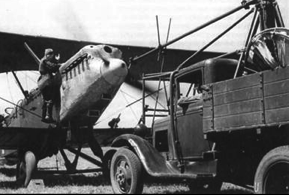
The car was produced with 1932 g. And was intended to start the engines of screw aircraft.
The launch was carried out by capturing the propeller of the aircraft and spinning the crankshaft of the aircraft engine through a tubular structure with two drive shafts.
The end of this device (it was called the "trunk") was mated with the propeller hub of the aircraft.
Here the slots just for the trunk are perfectly visible.
Behind the cab was a vertical pedestal with braces and a shaft that received rotation from the car's transfer case.
Such a power take-off system made it possible to start almost all models of aircraft engines. The starter gave out 1100-1300 revolutions per minute. The height of the trunk horizontally was equal to 2,9 m.
Standing on the site, the aircraft technician adjusted the trunk and propeller vertically.
Machine performance characteristics: starter speed - 1110-1300 r / m; horizontal height of the trunk - 2,9 m.
The base was still the same “lorry” GAZ-AA with the engine power 40 hp.
4. Parm
The most common machine for technical assistance was the auto repair shop PM-3 (type A bat), which received the designation PARM during the war years.
It was simple and unpretentious, but it was precisely on the arrival of this car that the pilots who had landed on the forced pilots, the tankmen who had broken down, and even the railroad workers, were counting on it.
The equipment was located in the back of the van. The set of PARM included:
1. Bench workbench with vice.
2. Table of the welder with the installed manual monophonic press and manual emery sharpener.
3. Benzosvar-benzorez.
4. Oxygen balloon.
5. Bake.
6. Cabinet with lubricating and refueling inventory.
7. Ladder to the rear.
8. Folding crane with manual hoist with a load capacity of 500 kg, which was attached to the front bumper.
9. Case with the metalwork tool.
In principle, using such a kit it was possible to carry out many works directly at the scene of the accident.
Here you will not tell much, everything, in principle, is clear and understandable. Simple and unpretentious cars, modest such war workers. But sometimes simply irreplaceable.
All the cars shown in the photo can be seen (and not only seen, but also touched) in the UMMC Museum of Military Equipment in Verkhnyaya Pyshma.
Luxury collection, I hope that over time it will turn out to find the oil-cut, accumulator station and mobile power station. It would be interesting, right?
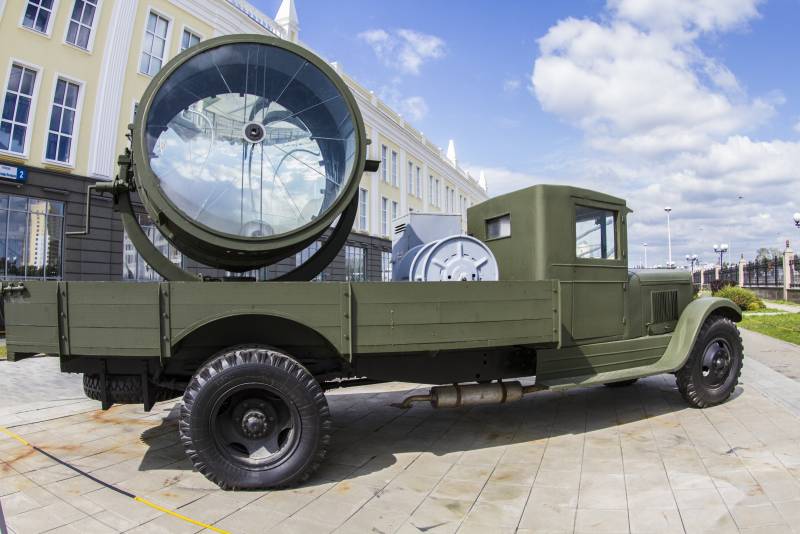
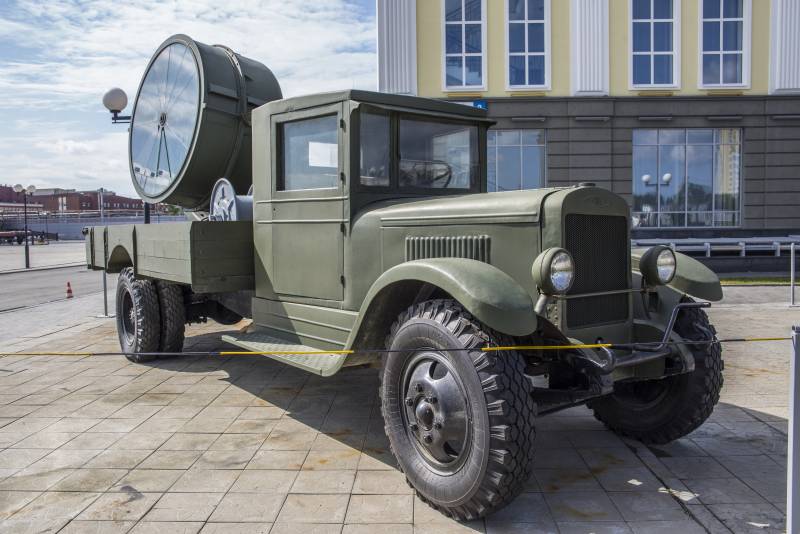
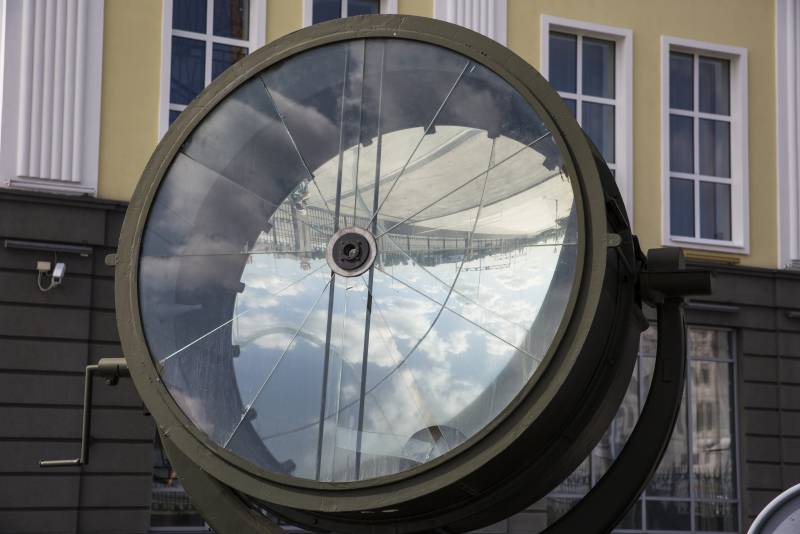
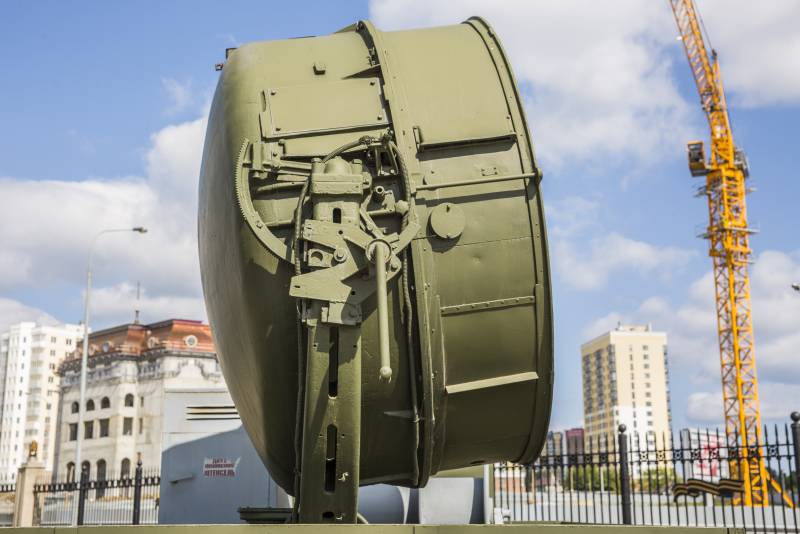
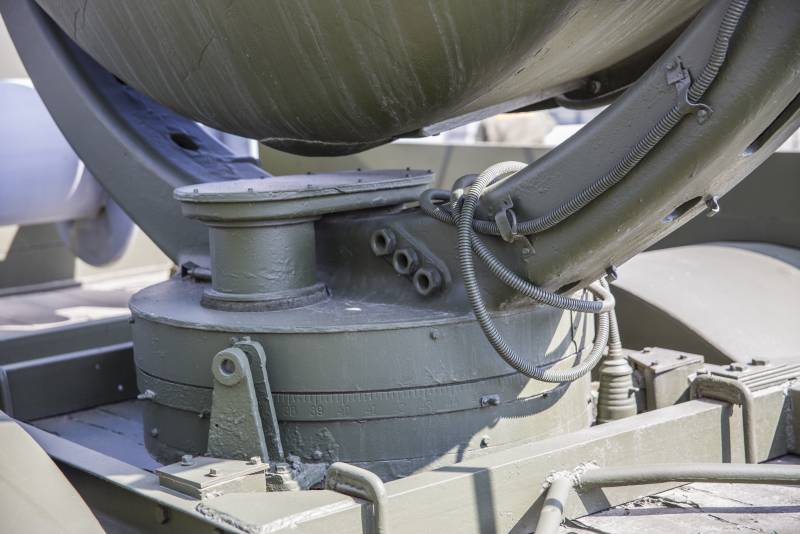
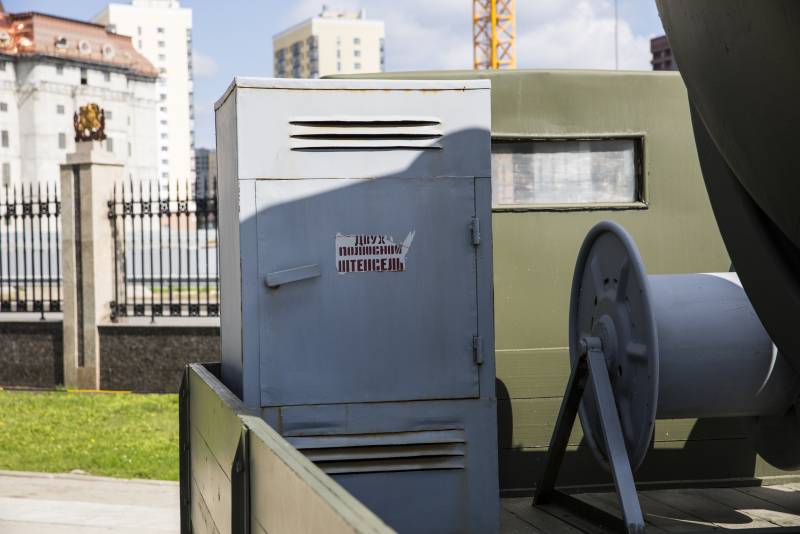
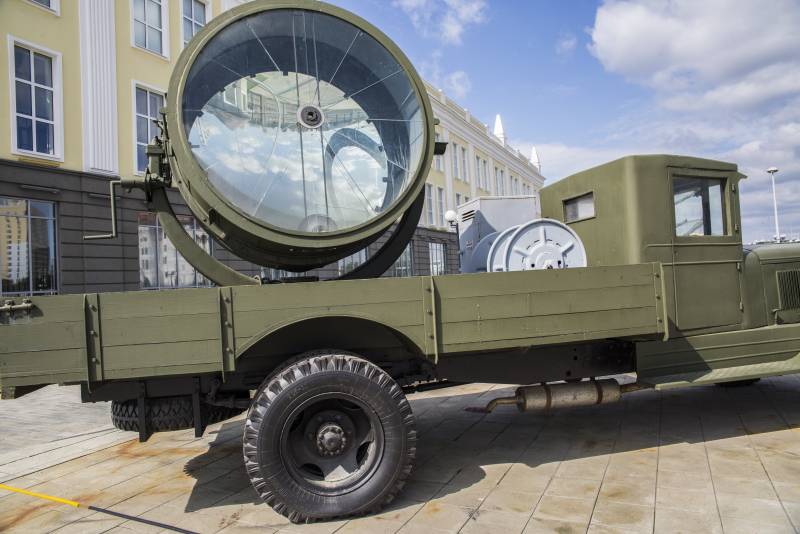
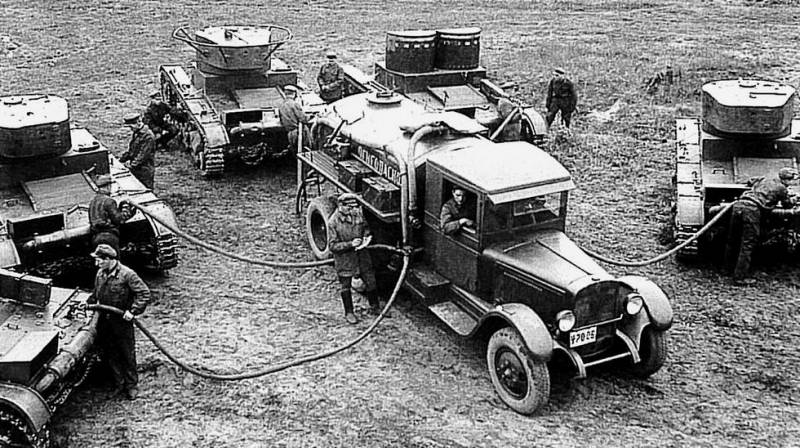
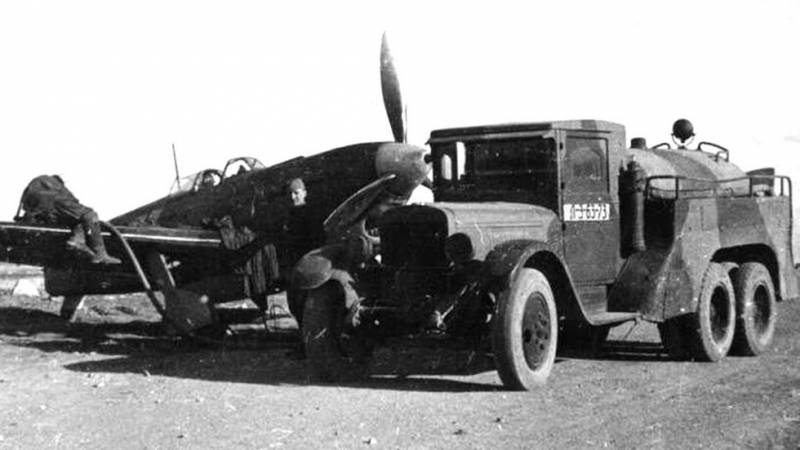
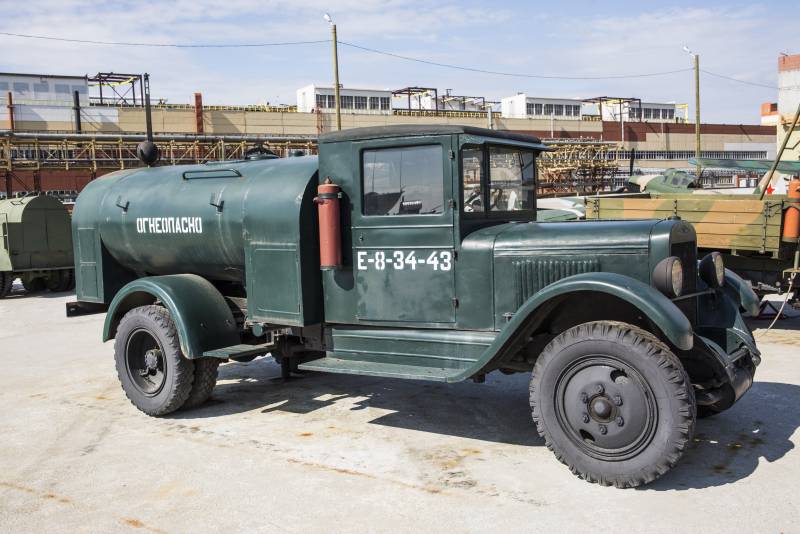
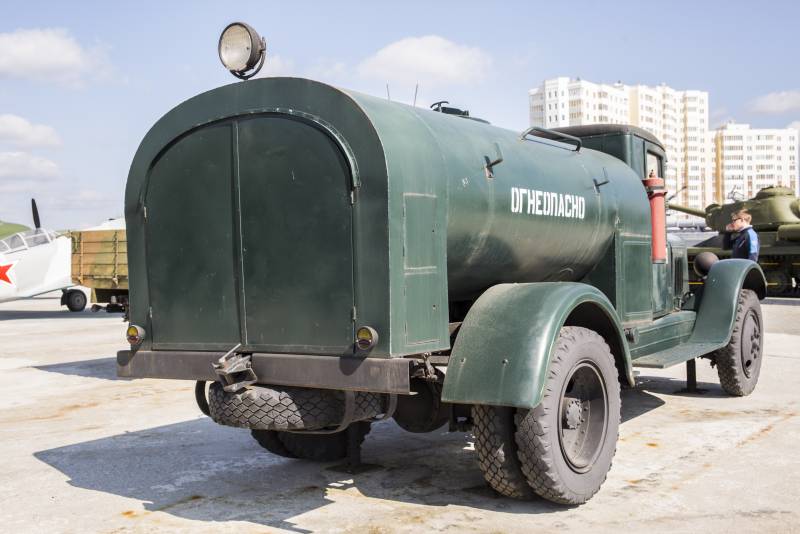
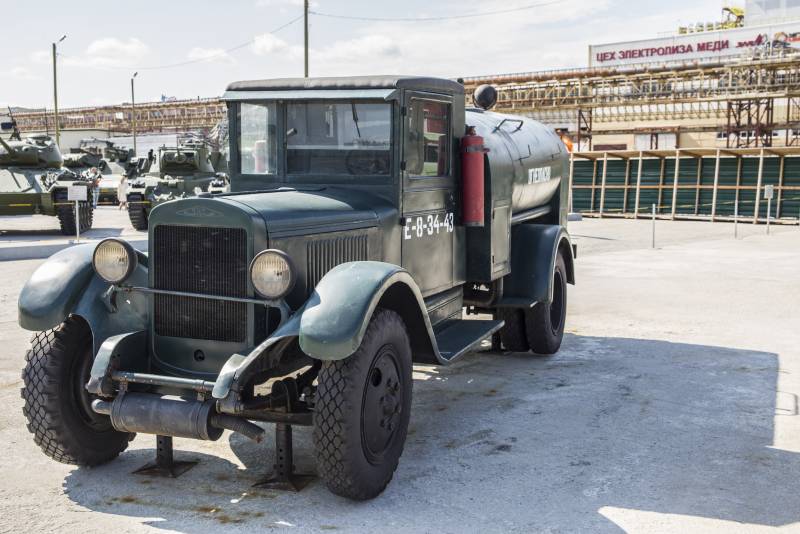
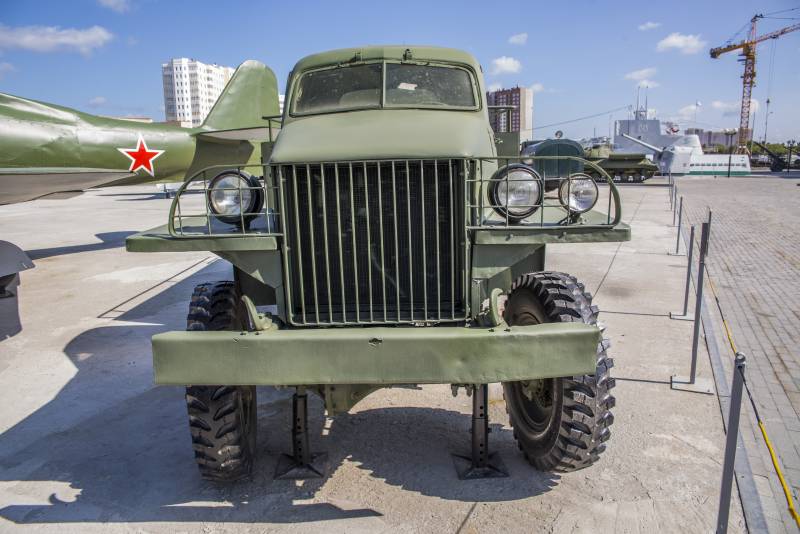
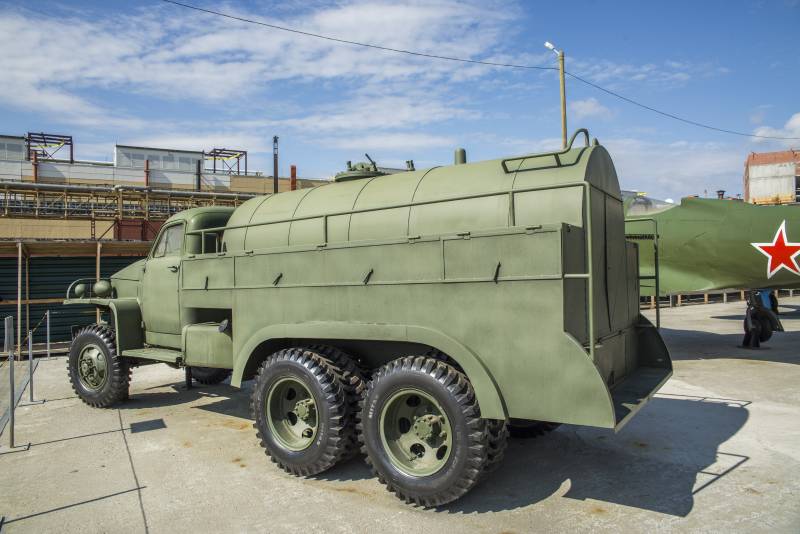
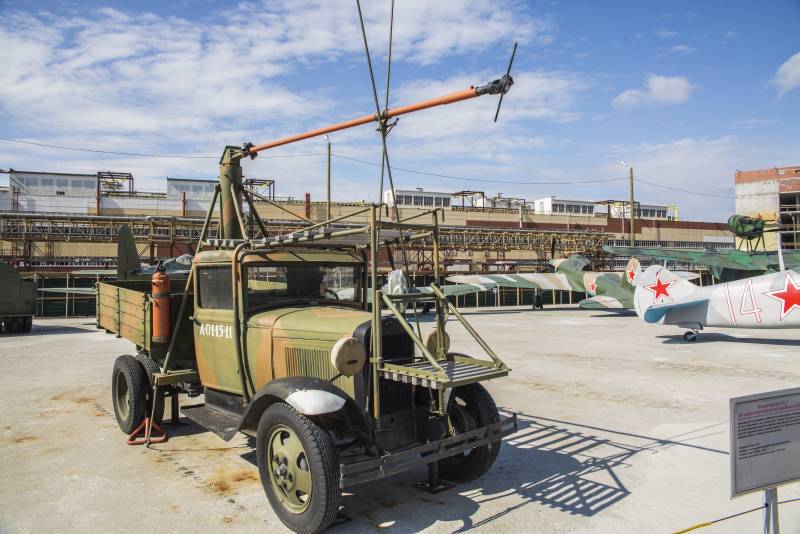
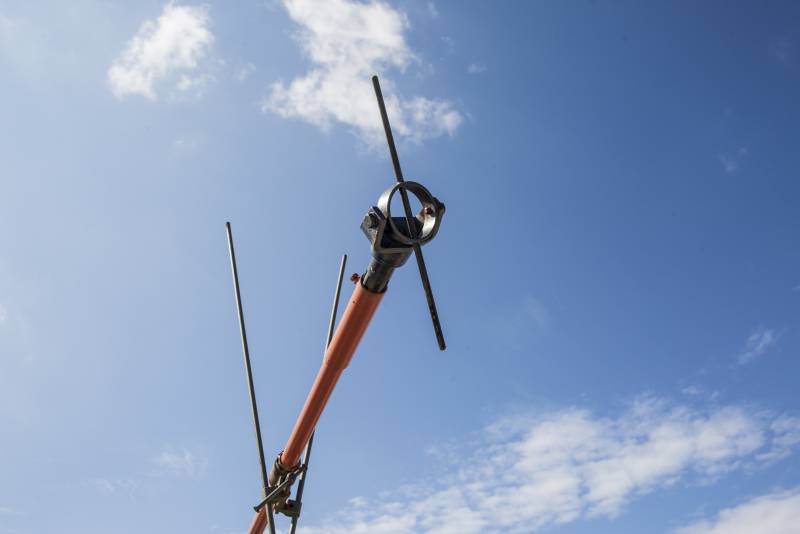
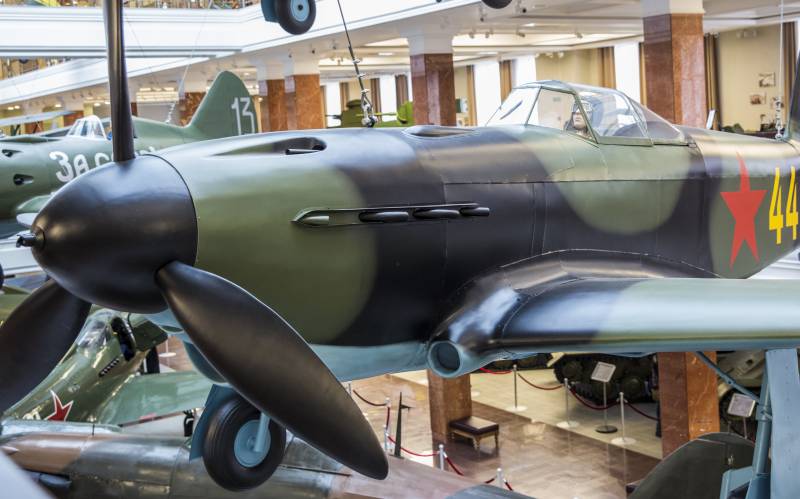
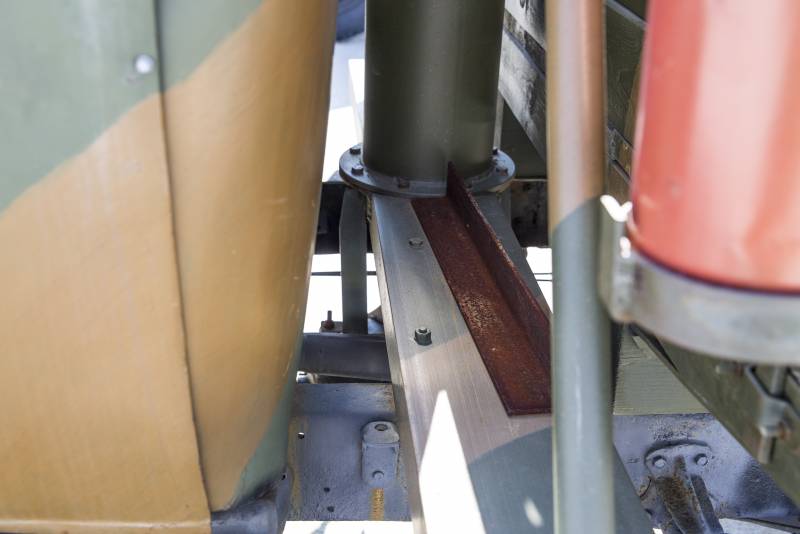
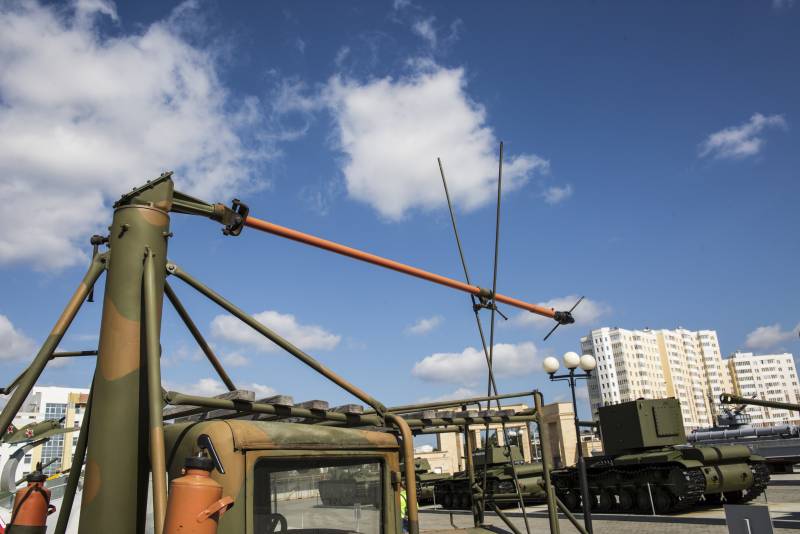
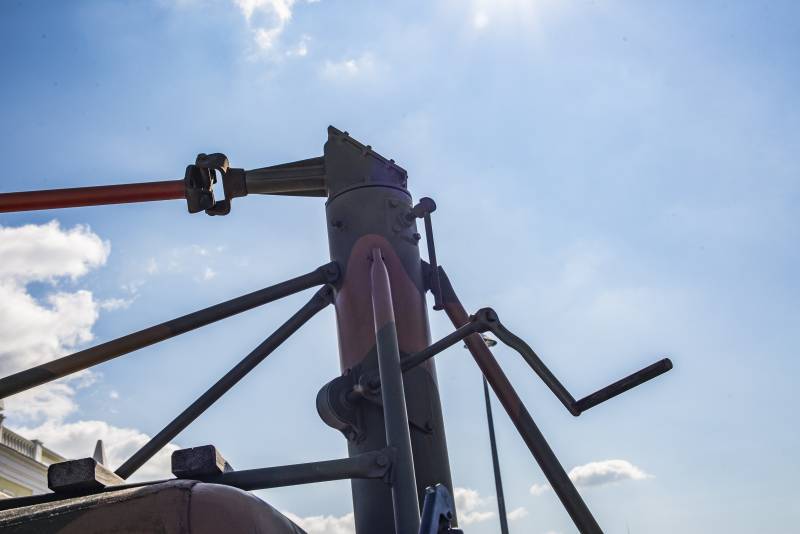
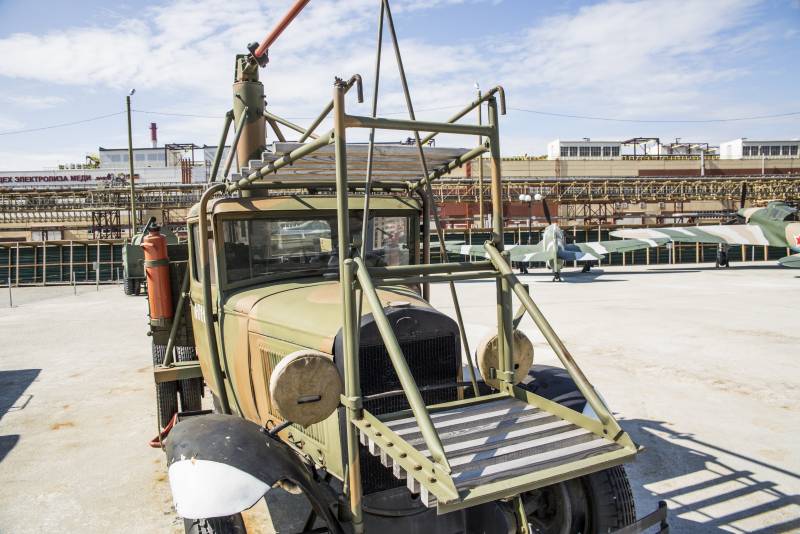
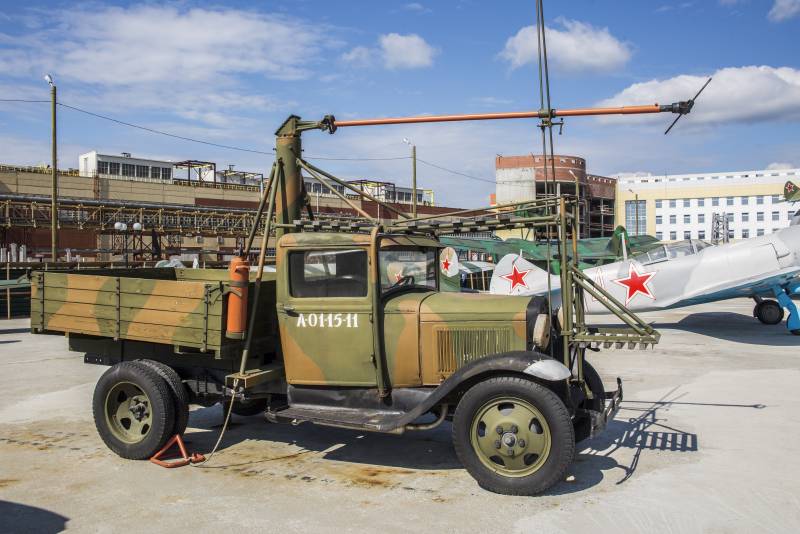
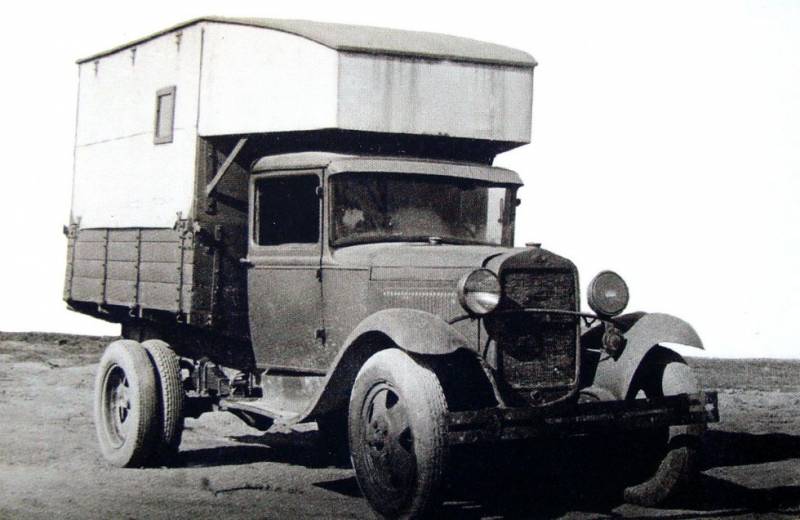
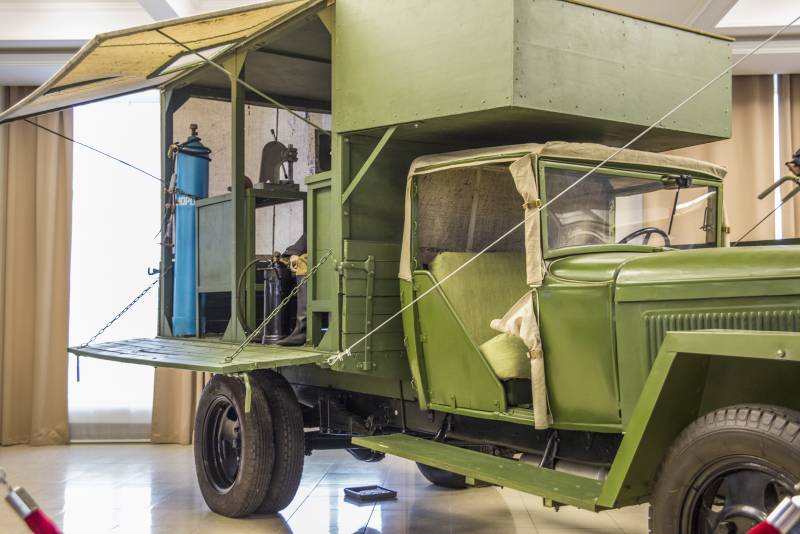
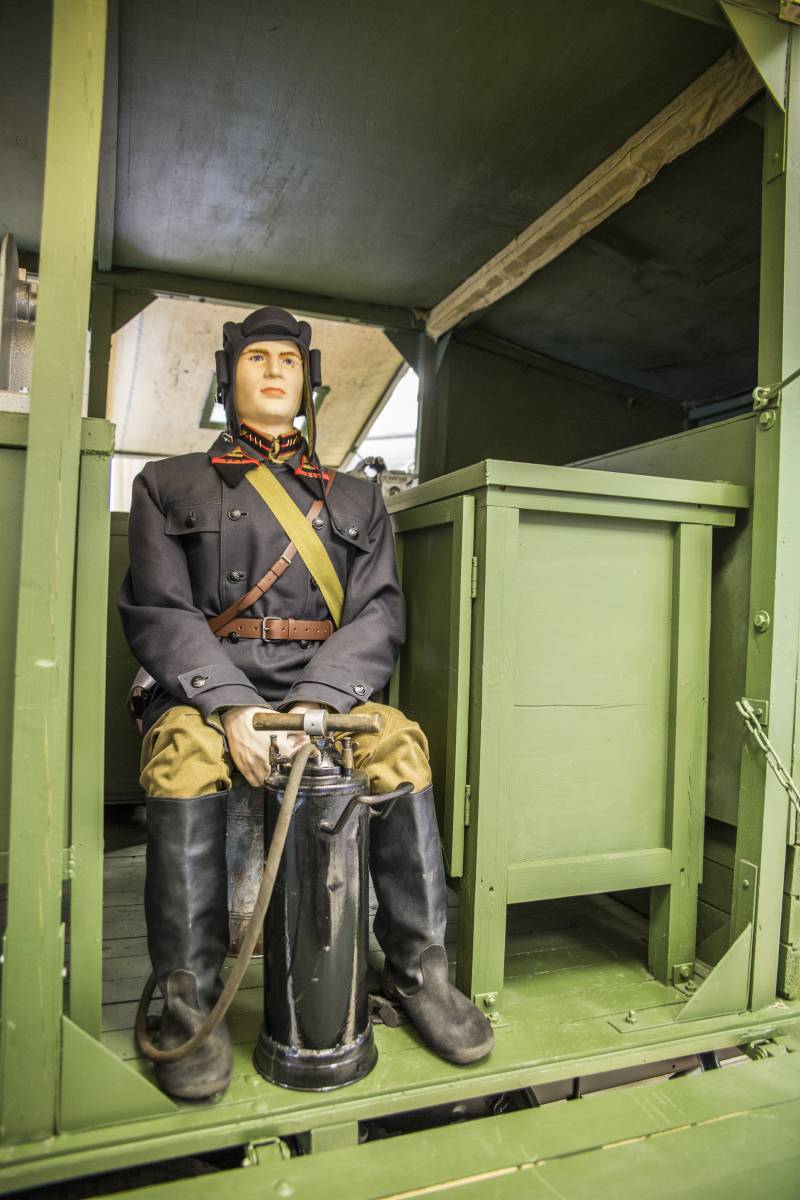
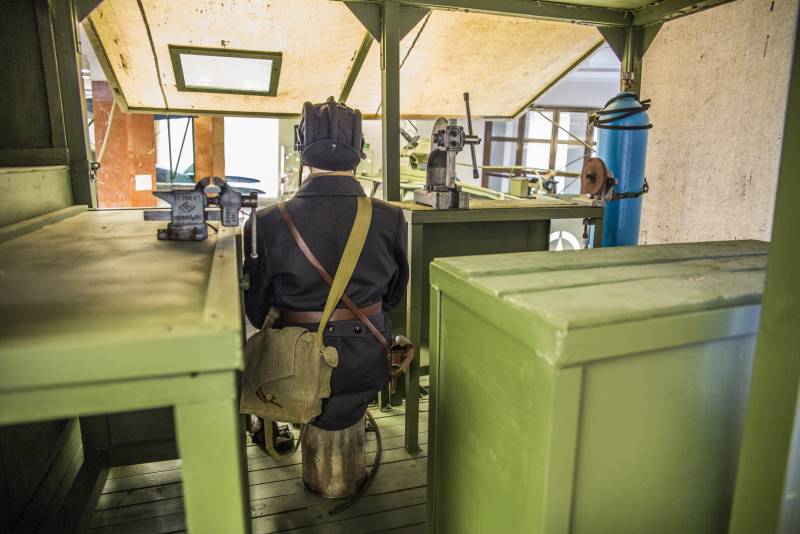
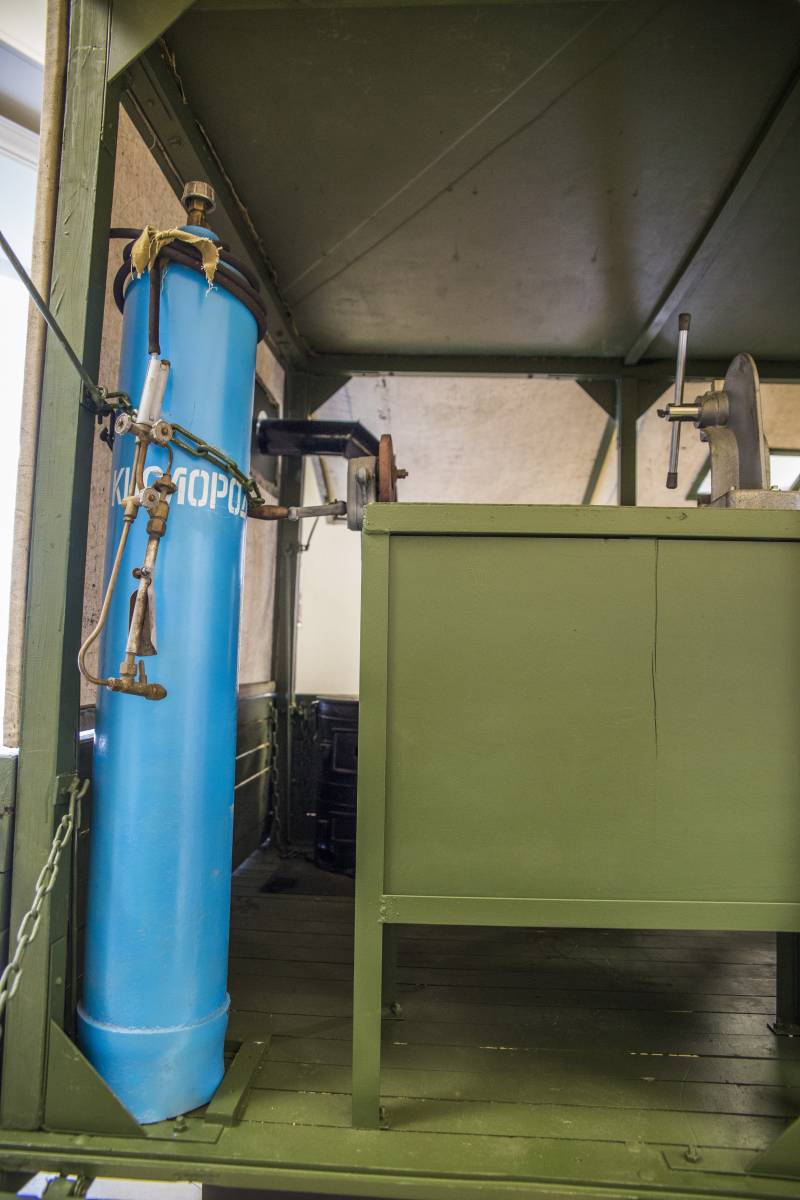
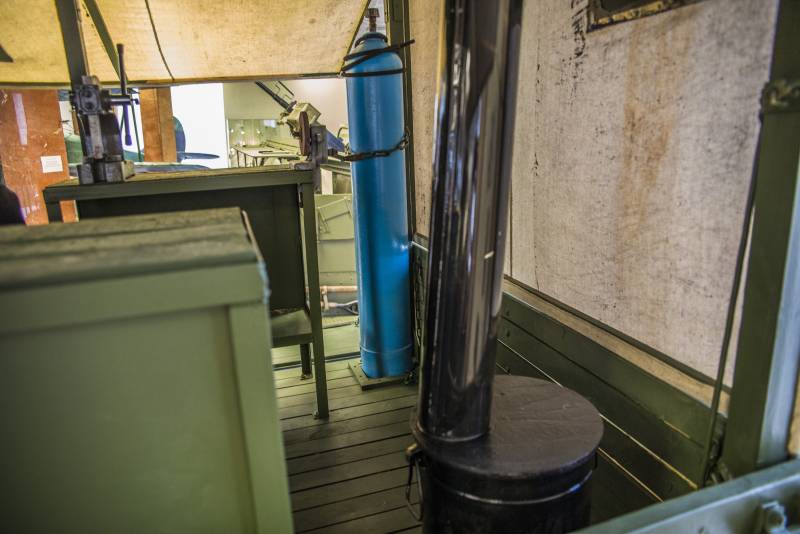
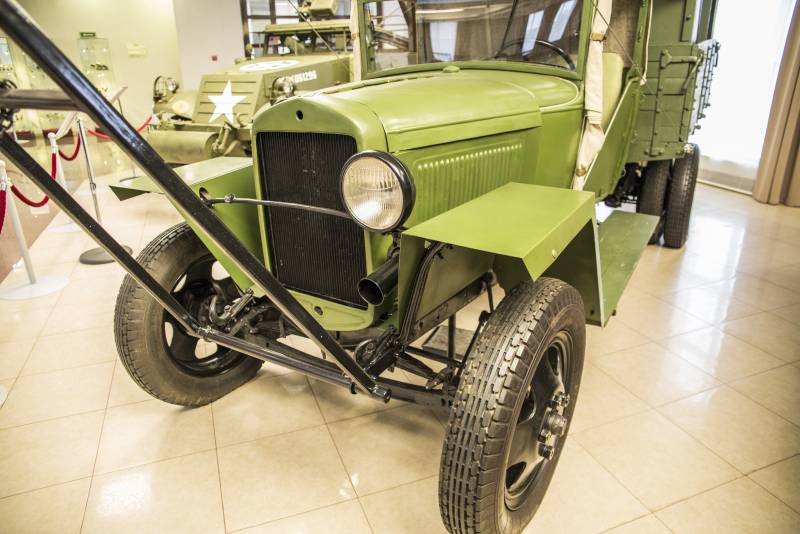
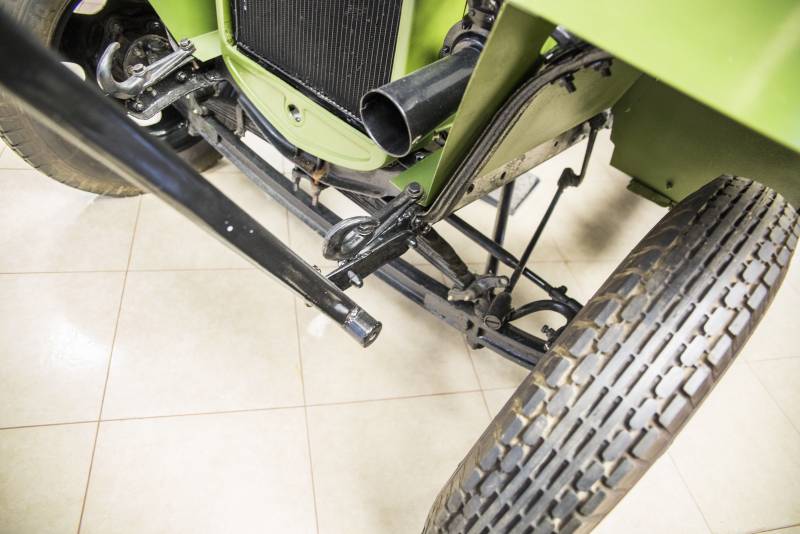
Information